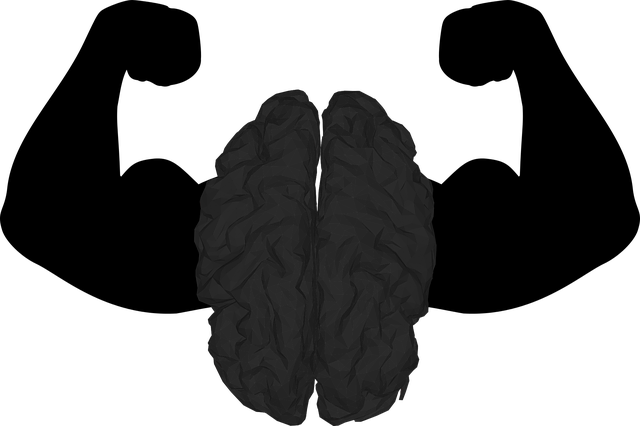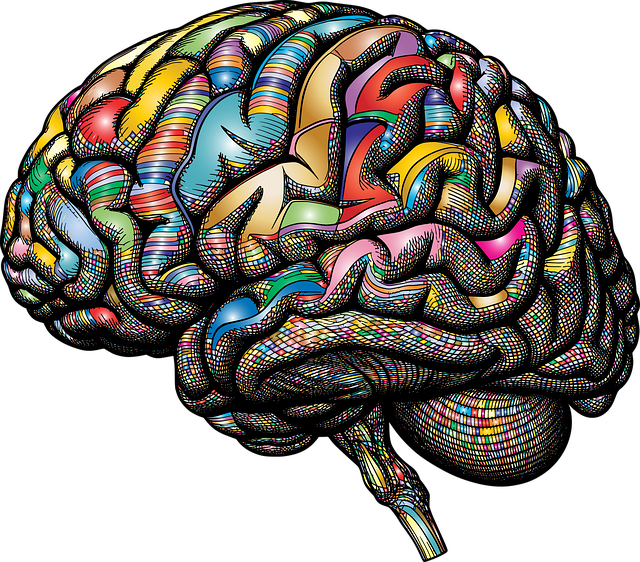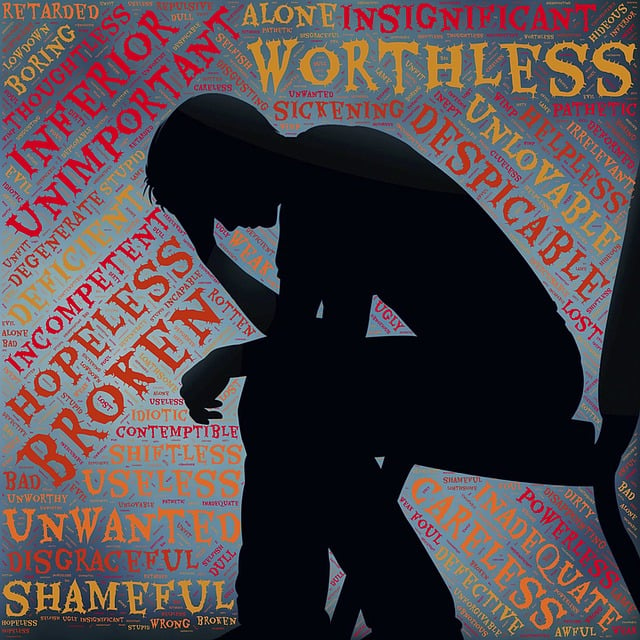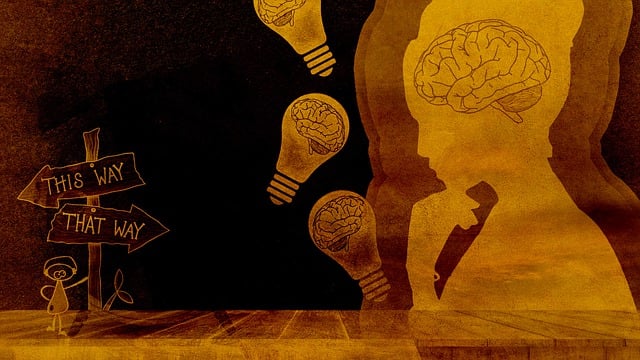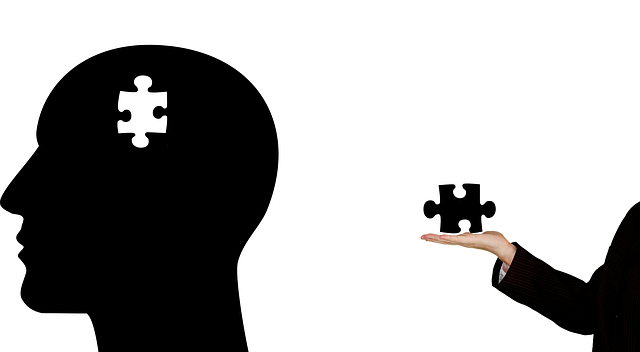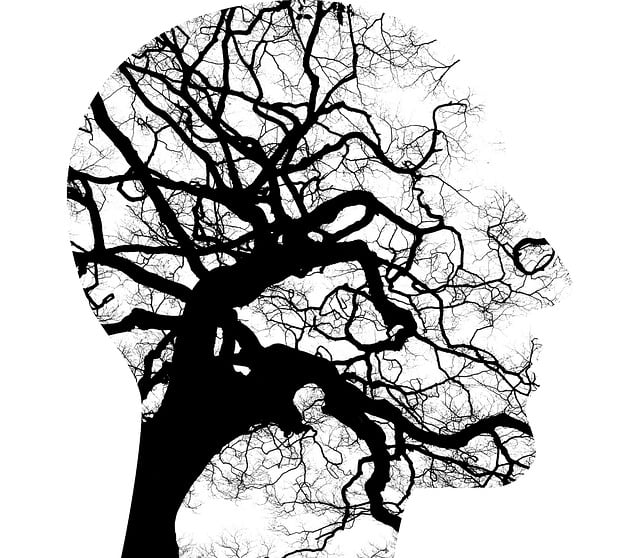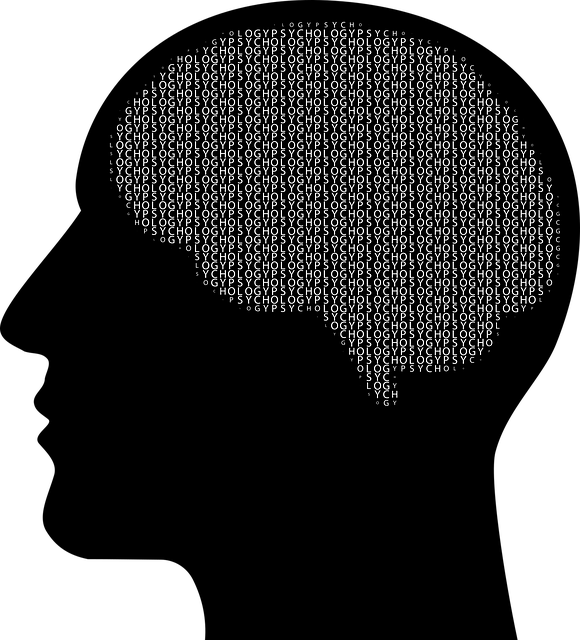Elder veterans face unique mental health challenges like PTSD, depression, and anxiety upon transitioning into later life. Effective therapy requires tailored approaches considering age-related changes, isolation, and cultural backgrounds. Public awareness campaigns play a vital role in improving healthcare access by highlighting specific mental wellness issues and offering tailored therapy options through initiatives like Self-Awareness Exercises and Mental Wellness Coaching Programs. Leveraging technology and strategic communication techniques allows for targeted messaging based on demographics, accessible formats, and digital networks to empower veterans. Measuring the impact of these campaigns is crucial for continuous improvement, ensuring elder veterans receive specialized therapy enhancing their overall mental wellness outcomes.
Public awareness campaigns play a pivotal role in addressing the unique challenges faced by elder veterans, many of whom struggle with mental health issues. This article explores strategies to enhance public understanding and access to healthcare services tailored for this demographic. We delve into effective communication techniques, the power of technology as an engagement tool, and methods to measure campaign impact. By focusing on these aspects, we aim to improve therapy accessibility for elder veterans, fostering a more supportive society.
- Understanding Elder Veterans' Unique Challenges
- The Role of Public Awareness in Healthcare Access
- Effective Communication Strategies for Targeted Campaigns
- Leveraging Technology for Engagement and Support
- Measuring Impact and Fostering Continuous Improvement
Understanding Elder Veterans' Unique Challenges

Elder veterans face distinct challenges that require tailored approaches to address their mental health needs. As they transition into later life, many grapple with the unique combination of physical and psychological impacts from their military service, including conditions like PTSD, depression, and anxiety. The journey towards healing for these individuals is often complex, as they may struggle to adapt to civilian life, connect with their communities, and access appropriate support systems.
Therapy for elder veterans should consider their specific circumstances, such as age-related changes, isolation, and cultural backgrounds. Incorporating anxiety relief techniques tailored to their needs, along with cultural sensitivity in mental healthcare practice, can significantly enhance the effectiveness of treatment. Encouraging these veterans to engage in mental wellness journaling exercises can also provide a powerful tool for self-reflection and emotional processing.
The Role of Public Awareness in Healthcare Access

Public awareness campaigns play a pivotal role in healthcare access, especially for underserved populations like Elder Veterans. By shedding light on issues specific to this demographic, such as the importance of mental wellness and the availability of tailored therapy options, these campaigns can bridge the gap between need and receipt of care. Incorporating initiatives like Self-Awareness Exercises within community outreach programs has proven effective in engaging Elder Veterans and enhancing their understanding of their own health needs.
This proactive approach, supported by the development of Mental Wellness Coaching Programs, not only encourages early intervention but also fosters a sense of agency among this vulnerable group. Through Community Outreach Program Implementation, targeted awareness campaigns can dispel misconceptions, address barriers to care, and ultimately ensure that Elder Veterans receive the quality healthcare they deserve, including specialized therapy designed for their unique needs.
Effective Communication Strategies for Targeted Campaigns

Public awareness campaigns aimed at Therapy for Elder Veterans require strategic communication to effectively reach and engage their target audience. One key strategy is to tailor messages to specific demographics within the veteran population, recognizing diverse needs among older veterans. This could involve segmenting campaigns based on age groups, service histories, or mental health challenges like post-traumatic stress (PTSD) and depression. For instance, a campaign focusing on encouraging veterans to seek mental wellness coaching programs development might emphasize coping skills coping skills development for younger veterans transitioning back to civilian life, while offering different approaches for older veterans dealing with chronic conditions and loneliness.
Using accessible and engaging formats is essential. This could include multimedia elements such as videos featuring veteran peers sharing their experiences, infographics illustrating resources available, or podcasts addressing common mental health concerns. Addressing potential barriers to accessing services, like stigma associated with seeking mood management help, is also crucial. Campaigns should provide clear information about the benefits of therapy and available support systems, ensuring veterans feel empowered to take steps towards improving their mental wellness.
Leveraging Technology for Engagement and Support

Leveraging technology offers a powerful way to engage and support elder veterans, ensuring they receive the therapy they deserve. Digital platforms can provide accessible and interactive tools for mental wellness coaching programs development, catering specifically to the unique needs of this demographic. Apps designed for positive thinking and mindfulness can offer much-needed respite from daily stressors, fostering a sense of calm and improving overall mental wellness.
Community outreach program implementation, facilitated by technology, enables direct connection with elder veterans who may face barriers in accessing traditional services. Social media, online forums, and dedicated support groups create networks where individuals can share experiences, find solace, and offer encouragement. This digital community outreach not only broadens access to resources but also fosters a sense of belonging and camaraderie among participants, contributing significantly to improved mental health outcomes for elder veterans.
Measuring Impact and Fostering Continuous Improvement

Measuring the impact of public awareness campaigns is a critical step in understanding their effectiveness and fostering continuous improvement. By evaluating key metrics such as reach, engagement, and behavioral changes, organizations can assess whether their messages are resonating with the target audience. This data-driven approach allows for refining campaign strategies, ensuring that efforts are aligned with the needs and concerns of veterans, particularly those from older generations who may face unique challenges related to mental health.
For example, integrating Mental Health Education Programs Design tailored for elder veterans can significantly impact their well-being. Crisis Intervention Guidance and Trauma Support Services play a vital role in helping them navigate and overcome specific psychological barriers. Regular assessments and feedback mechanisms enable campaign developers to adapt and improve these programs, ultimately enhancing the overall positive impact on veteran communities.
Public awareness campaigns play a pivotal role in addressing the unique challenges faced by elder veterans, promoting healthcare access, and offering effective communication strategies. By leveraging technology and measuring impact, we can create engaging and supportive environments tailored to their needs, ultimately enhancing the availability of therapy for elder veterans. Continuous improvement through data-driven insights ensures that these campaigns remain relevant and impactful in meeting the evolving needs of this deserving population.
